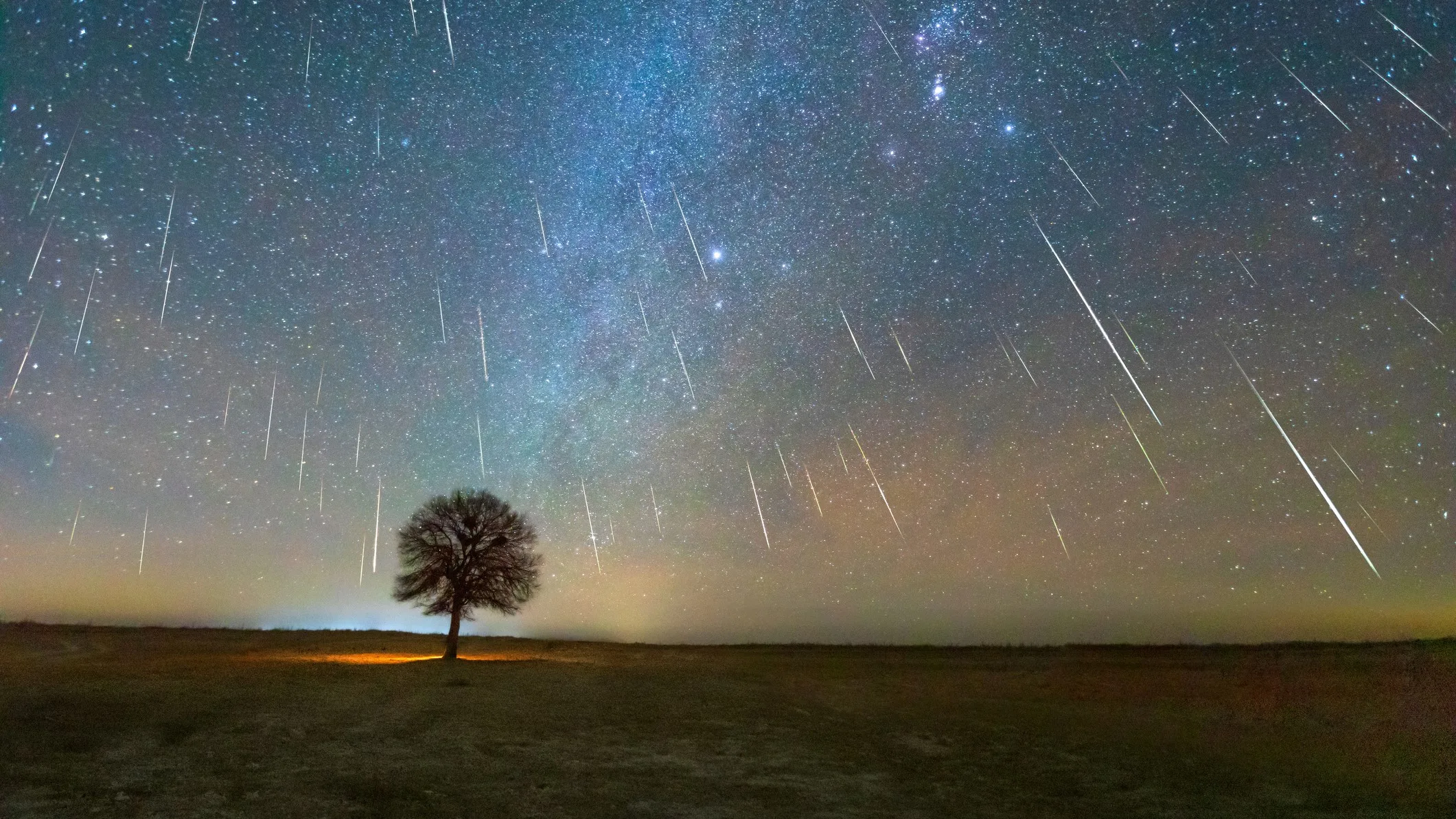The Geminid meteor shower, known as one of the year’s most spectacular celestial events, is anticipated to reach its peak this week, primarily on the night of December 13 and into the early hours of December 14. Astronomers predict that viewers could see up to 120 meteors per hour under optimal conditions. The Geminids are unique because they originate from the 3200 Phaethon asteroid rather than a comet. This year, although the event coincides with a bright waxing gibbous moon, which may hinder visibility, enthusiasts are still encouraged to find a dark location with minimal light pollution to enjoy the display. Dr. Jennifer Wiggins, an astronomer from the American Meteor Society, stated, ‘Despite the moon’s brightness, there will still be plenty of meteors to see if you’re patient and find a good spot.’ Skywatchers in the Northern Hemisphere, particularly those in areas away from urban light pollution, could have the best views. Taking place annually, the Geminid shower is also notable for its colorful meteors, which can appear in shades of yellow, green, and even blue. To maximize viewing, it is recommended to allow time for your eyes to adjust to the dark and to recline and look up at the sky, as meteors can radiate from the constellation Gemini. Local astronomy clubs and observatories may host events for those looking to enhance their viewing experience.
Geminid Meteor Shower: The Brightest Celestial Show of the Year Set to Peak












